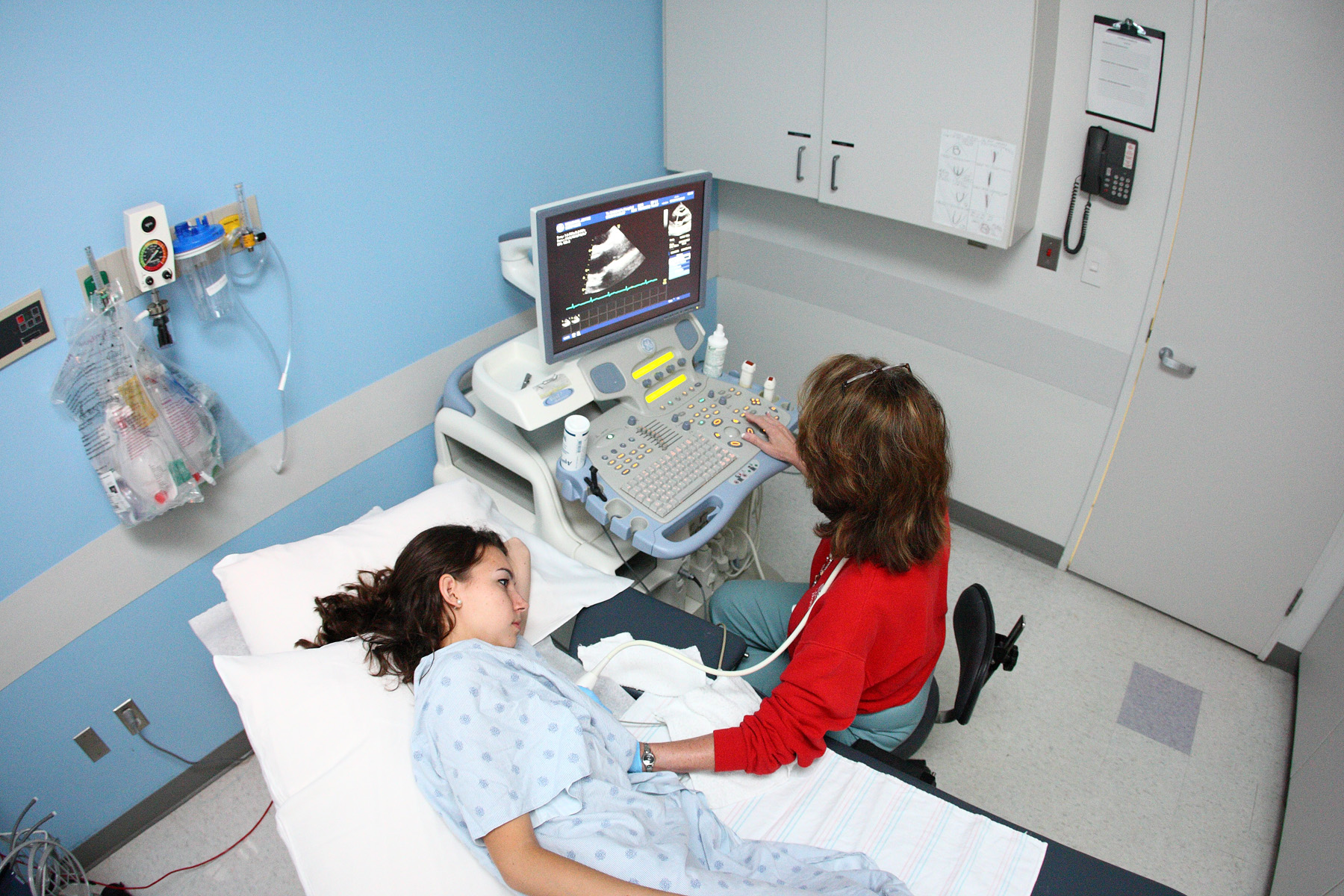New guidelines for the diagnosis and management of aortic disease were published yesterday in the Journal of the American College of Cardiology and Circulation. These guidelines, which were created by a team of medical experts on behalf of the American College of Cardiology and American Heart Association, provide recommendations on the diagnosis, evaluation, medical therapy, endovascular and surgical intervention, and long-term surveillance of people with aortic disease based on evidence available in the literature and, in some instances, based on expert consensus opinions. They include specific recommendations for those with syndromic and non-syndromic genetic aortic conditions as well as other types of acute aortic syndromes. They also emphasize the role of shared decision-making.
The guidelines provide support for:
Seeking surgical treatment from high volume centers with experienced surgeons as part of a multi-disciplinary team for asymptomatic patients with extensive aortic disease, those who might benefit from complex open and endovascular repairs, and those with multiple co-morbidities.
Genetic testing for people with syndromic features, family history of thoracic aortic disease, or early onset of disease (under the age of 60).
Thoracic aortic imaging of family members of affected individuals to screen for asymptomatic thoracic aortic disease in specific cases.
Open surgery is recommended over thoracic endovascular aortic repair in patients with Marfan, Loeys-Dietz, and VEDS who have a descending thoracic aortic aneurysm that meets criteria for intervention and have suitable anatomy.
Specific recommendations for Marfan syndrome include:
- Treatment with either a beta-blocker or angiotensin receptor blocker in maximally tolerated doses is recommended, and combination therapy with both a beta-blocker and angiotensin receptor blocker is reasonable.
- Surgery performed by an experienced surgeon when the root diameter is greater than or equal to 5.0 cm or when the diameter is greater than or equal to 4.5 cm with the presence of high risk features (family history of dissection, rapid growth, diffuse aortic root and ascending aorta dilation, or marked vertebral artery tortuosity). Surgery is also reasonable when the cross-sectional aortic root area to patient height ratio is greater than 10 cm2/m.
- Surgery prior to pregnancy is recommended in women with Marfan and aortic root diameter greater than 4.5 cm. Surgery prior to pregnancy may be considered when the aorta is 4.0 to 4.5 cm, especially if there are risk factors for aortic dissection.
Specific recommendations for Loeys-Dietz syndrome include:
- Treatment with beta-blocker or angiotensin receptor blocker in maximally tolerated doses.
- Surgery for the prophylactic repair of the aortic root and ascending aorta should be based on the specific genetic variant, aortic diameter, aortic growth rate, extra-aortic features, family history, patient age and sex, and physician and patient preferences.
Specific recommendations for pregnancy include:
- During pregnancy, women with aortic aneurysm or increased risk of dissection should be managed by a multidisciplinary team including a maternal fetal medicine specialist and a cardiologist; and hypertension should be treated using guideline-directed therapy. Among those with genetic aortic and vascular conditions, beta-blocker therapy is recommended during pregnancy and post-partum. Surveillance transthoracic echocardiogram is recommended during each trimester and several weeks post-partum; MRI without gadolinium is recommended over CT among women in whom surveillance imaging of the arch, descending thoracic aorta (DTA), or abdominal aorta is required.
- Vaginal delivery is recommended in women with aortopathy and aortic diameter less than 4.0 cm. For pregnant women with aortopathy and aortic root and/or ascending aortic diameter of 4.0 to 4.5 cm, either vaginal delivery with regional anesthesia, expedited second stage, and assisted delivery or a cesarean delivery may be considered. Delivery by cesarean section is recommended in women with chronic aortic dissection, and is reasonable in women with aortic root or ascending aorta aneurysm diameter greater than or equal to 4.5 cm, if otherwise appropriate.
The new guidelines were developed in collaboration with and endorsed by the American Association for Thoracic Surgery, American College of Radiology, Society of Cardiovascular Anesthesiologists, Society for Cardiovascular Angiography and Interventions, Society of Thoracic Surgeons, and Society for Vascular Surgery.

